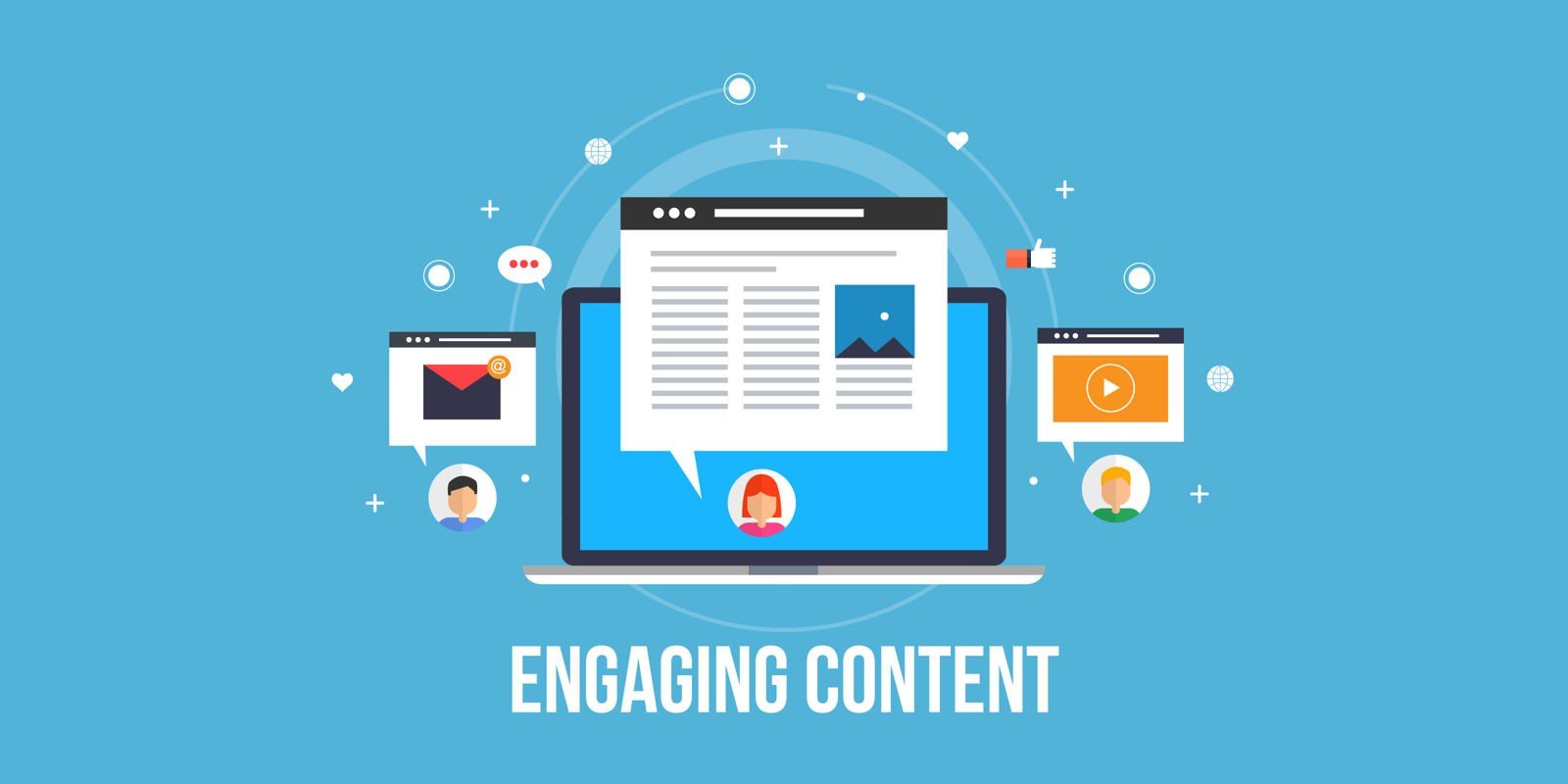In this vast and competitive field of e-commerce, email marketing stands out as a vital tool for connecting with customers and driving sales. This post will explore why email marketing and automation are not just beneficial but essential for eCommerce success and how you can implement them effectively.
Why is email marketing so important for ecommerce businesses?
Email marketing has a range of benefits for e-commerce businesses, such as:
- Reach and Engagement: Emails provide a direct line to your customers, offering a personal touch that can enhance engagement.
- Cost-Effectiveness: With a high return on investment, email marketing is a cost-effective strategy for reaching a wide audience.
- Personalisation and Relevance: Tailoring content to individual preferences increases relevance and customer satisfaction.
Why your ecommerce store needs email automation
- Streamlined Workflows: Automation frees up time by handling repetitive tasks, allowing you to focus on strategic decisions.
- Enhanced Customer Experience: Automated emails like order confirmations and shipping updates keep customers informed and engaged.
- Increased Sales and Conversions: Timely reminders and personalised recommendations can nudge customers toward making a purchase.
- Improved Segmentation and Targeting: Automation tools allow for precise targeting, sending the right message to the right person at the right time.
How to implement email automation in your ecommerce business
1. Selecting Email Marketing Automation Software
There are many different email marketing platforms out there that can help you set up automated email marketing campaigns. Some great options that we love are Drip and Klayvio. With that said, we highly recommend that you look into different platforms, read reviews, and compare features. Here are some additional tips for choosing an email marketing platform:
- Consider Scalability: Ensure the software can grow with your business.
- Check Integration: It should integrate smoothly with your eCommerce platform and other tools.
2. Defining Audience and Segments
Before building your automated email marketing campaign, it’s important to gain a deep understanding of your target audience. This is a vital step, as it allows you to craft emails that really connect with your audience and push them toward making those purchases.
Here’s some tips to get you started:
- Analyse Customer Data: Understand purchasing behaviors, preferences, and demographics.
- Create Segments: Divide your audience into groups based on common characteristics for targeted messaging.
3. Setting Goals and Objectives
- Identify Key Metrics: Decide what success looks like, whether it’s open rates, click-through rates, or sales conversions.
- Set SMART Goals: Ensure they are Specific, Measurable, Achievable, Relevant, and Time-bound.
4. Designing Email Automation Flows
You’ll be amazed at how complex you can make your email marketing flow. Take advantage of the level of customisation email marketing platforms give you, and create email marketing flows that are tailored to your specific audiences.
Here are some additional tips to help you get started with your email flows:
- Map Customer Journey: Understand different touchpoints where emails can enhance the experience.
- Plan Sequences: Develop a series of emails for scenarios like welcome messages, cart abandonment, and re-engagement.
5. Create Content Targeted At Your Type Of Customer
If you don’t create great content for your emails, don’t expect to get good conversion rates. When creating your content, make sure you:
- Craft Compelling Subject Lines: They should capture attention and encourage opens.
- Develop Engaging Body Content: Use a tone that reflects your brand and resonates with your audience.
Pro Tip: Subscribe to your competitors’ email marketing list and observe how they craft their subject lines and content. This can often give you insight on how to get better open rates for your emails, as well as more conversions.
6. Testing and Optimising Your Campaign
Improving your email marketing campaigns takes time. As you’re sending out emails, it’s important to observe which emails perform the best and adapt your strategy accordingly. Use metrics like open rates and the number of conversions you get to understand what works and refine your approach.
Pro tip: Utilise A/B Testing to experiment with different elements like subject lines, email content, and send times.
7. Monitoring and Adjusting Your Automated Emails
Track Performance by regularly reviewing metrics to gauge the success of your campaigns. Many email marketing tools provide their metrics, but if you want to delve deep into how your email marketing campaigns are performing, we recommend using Google Analytics.
Final Thoughts
Email marketing and automation are more than just tools; they are essential components of a successful eCommerce strategy. By understanding your audience, crafting targeted messages, and using the power of automation, you can build lasting relationships with customers and drive growth. If you’re ready to harness the full potential of email marketing, start planning your strategy today, and watch your eCommerce store thrive.
Need help with your business’s digital marketing? Reach out to our team if you need assistance with SEO, PPC, Social Media Marketing, or Web Design.
Further reading: Four Fundamentals of an Effective Email Automation Campaign



















